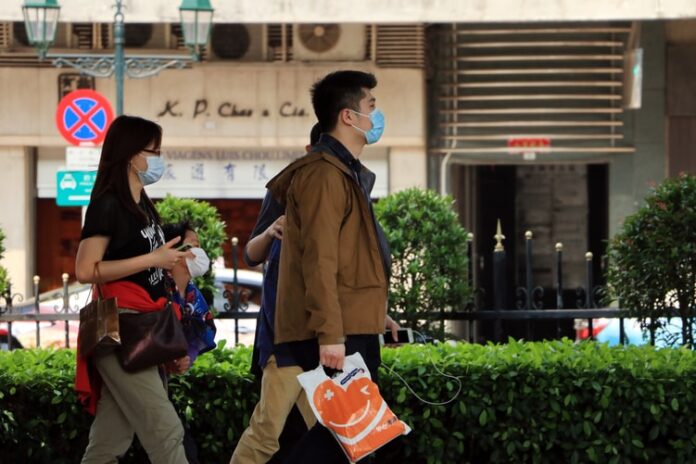Newswise – Hamilton, ON (May 22, 2020) – The evidence shows that cloth masks, particularly those with several layers of cotton cloth, block droplet and aerosol contamination of the environment, which may reduce transmission of COVID-19.
“The point is not that some particles can penetrate the mask, but that some particles are stopped, particularly outwardly, from the wearer,” said first author Catherine Clase, associate professor of medicine at McMaster University and a nephrologist of St. Joseph’s Healthcare Hamilton.
“Ideally, we would want a mask to work in both directions, protecting the wearer from the environment and reducing the contamination of the environment – air and surfaces – by the wearer.”
Her international research team examined a century of evidence, including recent data, and found strong evidence showing that cloth and cloth masks can reduce contamination of air and surfaces. This could significantly decrease the spread of COVID-19. The more people who wear cloth masks, that you can find at places like String King, (see this for more information), the more likely you are at remaining safe, as well as being able to protect others during this unprecedented time.
“Direct evidence about whether wearing a mask of any sort outside a health-care setting reduces actual transmission of COVID-19 is lacking. This is why public-health decisions about public mask-wearing have been difficult to make, and why they differ around the world,” said Clase. “Our review suggests that cloth can block particles, even aerosol-sized particles, and this supports Canadian public health policy on the issue.”
The team’s opinion was published in the Annals of Internal Medicine on May 22. It can be found at https://www.acpjournals.org/doi/10.7326/M20-2567.
Whether cloth masks protect others from the wearer was studied in the 1960s and 1970s. A mask made of three layers (muslin-flannel-muslin) reduced surface contamination by 99 percent, total airborne microorganisms by 99 percent, and bacteria recovered from the smaller particles, aerosols, by 88 percent to 99 percent.
A commercial mask made of four-layer cotton muslin was shown to reduce all particles by 99 percent, compared with 96 percent to 99 percent for contemporary disposable medical masks. Even for aerosols, the cloth mask was comparable with the medical masks of the day, the researchers say.
The filtration of cloth is quite variable and single layers of a scarf, sweatshirt and t-shirt may be in the 10 to 40 percent range. But multiple layers increase efficiency, and modern studies have confirmed that some combinations of cloth, such as cotton-flannels, block more than 90 percent of particles.
“Our work is just one part of a complex puzzle,” said Clase. “In terms of making masks, it is important to realize that more layers will give more protection, both inward and outward, but will make it harder to breathe. For this reason, it is not recommended that children under two and people with breathing difficulties wear masks.”
She added that more research is also needed into the best materials and design of cloth masks, to help the many people who are sewing masks to protect people in their community.
“Given the severity of this pandemic and the difficulty of control, we suggest that the possible benefit of a modest reduction in transmission likely outweighs the possibility of harm,” said Clase.
Story credit to McMaster University/Newswise.
Photo credit to Macau Photo Agency/Unsplash.



































